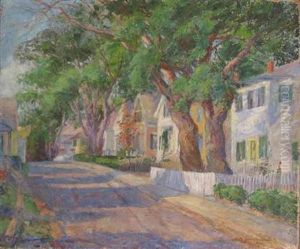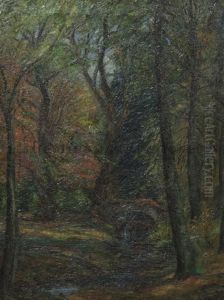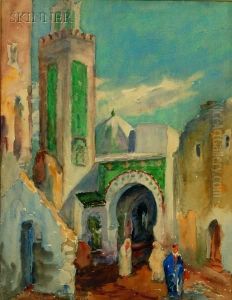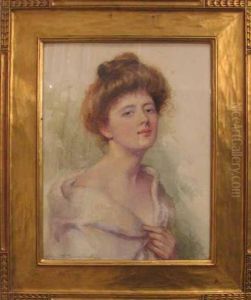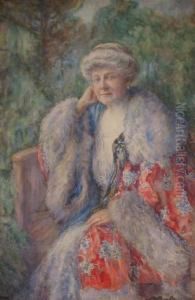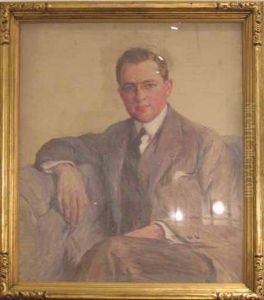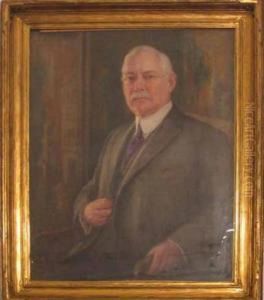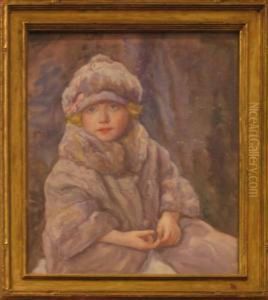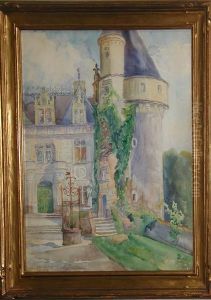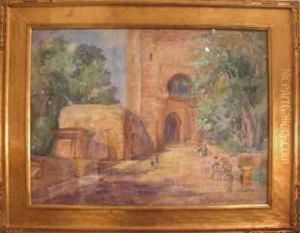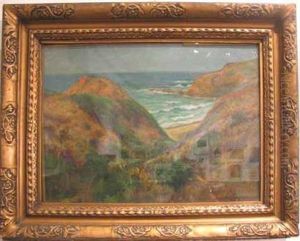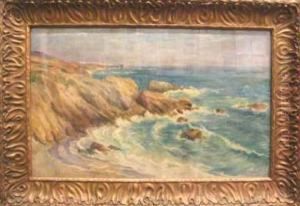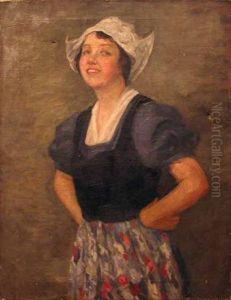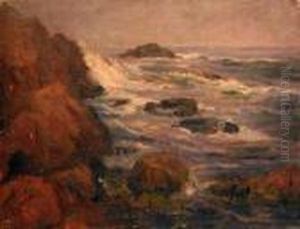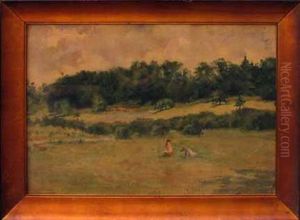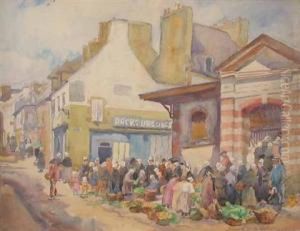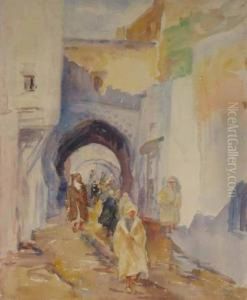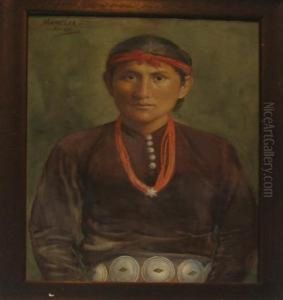Elizabeth Gowdy Baker Paintings
Elizabeth Gowdy Baker was an American artist and printmaker known for her etchings and paintings. Born in New York in 1887, she developed an interest in art at a young age and pursued her education in the field. She studied at the Art Students League of New York and later at the National Academy of Design. Her teachers included prominent artists such as Charles H. Woodbury and Harry Siddons Mowbray, which helped her refine her artistic skills and technique.
Baker's work often depicted landscapes, urban scenes, and portraits, characterized by a delicate touch and attention to detail. She was particularly adept at capturing the interplay of light and shadow, which added depth and realism to her compositions. Throughout her career, she exhibited her work in various art institutions and galleries, gaining recognition among her contemporaries.
In addition to her artistic endeavors, Baker was an active member of the art community. She was involved with several art organizations, including the National Association of Women Artists and the Connecticut Academy of Fine Arts. Her contributions to the art world were not limited to her own creations; she also supported fellow artists and participated in events that promoted the appreciation of the visual arts.
Elizabeth Gowdy Baker passed away in 1962, leaving behind a legacy of work that continues to be admired for its technical skill and aesthetic beauty. Her etchings and paintings are part of several art collections and continue to be studied by art historians and enthusiasts alike, serving as an inspiration to future generations of artists.
